
As we move towards 2025, digital establishment through SEO trends for 2025 is necessary for every business, whether e-commerce or travel & hospitality. But nobody knows where to start from. Digital marketing has a wide range of fields, and your business needs to be established on digital platforms. One of them is SEO (also known as Search Engine Optimization).
Search Engine Optimization (SEO) is the practice of enhancing a website’s visibility organically on search engine results pages (SERPs) such as Google, Bing and Yahoo through a blend of content, technical and strategic optimizations. SEO continues to evolve with new innovations, user behaviour, website rankings and strategies.
In this blog we will guide you on the latest technologies and SEO trends for 2025 that uplift your 2025 rankings To stay competitive and ensure that your content ranks highly, it’s essential to understand the latest SEO trends for 2025 rankings and incorporate them into your strategy. From AI advancements to immersive content experiences, here’s what you need to know to elevate your rankings in 2025.
Table Of Content
1. AI-driven SEO and Content Optimization
2. Search Intent and User-Centric Content
3. Entity-based SEO for Better Relevance
4. Zero-Click Searches and Featured Snippets
5. Core Web Vitals and User Experience
6. Visual and Video SEO
7. AR, VR and Immersive Content
8. Sustainability and Ethical SEO Trends for 2025
9. Increase Traffic to Forums and Community Engagement
10. Doubling Down on Traditional SEO Strategies
11. Omni SEO: A Holistic Approach
1. AI-driven SEO for E-commerce and Content Optimization
Artificial Intelligence (AI) has dramatically reshaped the SEO landscape, with tools like ChatGPT, Gemini, Meta AI, Copilot, etc. leading content optimization into a new era. AI-driven trends SEO of 2025 requires marketers to go beyond keyword-focused strategies and consider the broader context, search intent and user engagement. For e-commerce sites, leveraging AI for SEO can enhance the content, creating user-friendly experiences that drive higher rankings and conversion rates. Businesses that embrace AI-driven SEO gain a strategic advantage by delivering personalised, relevant, and engaging content that resonates with their target audience.
How AI Enhances Content Creation?
- AI Content Writing Tools: With tools like OpenAI’s ChatGPT and Gemini, AI can assist in drafting content that is highly relevant, readable and context-aware, only when the user gives the prompts properly to AI. While these tools cannot replace human writers entirely, they are invaluable for brainstorming ideas, suggesting headlines or summarising information.
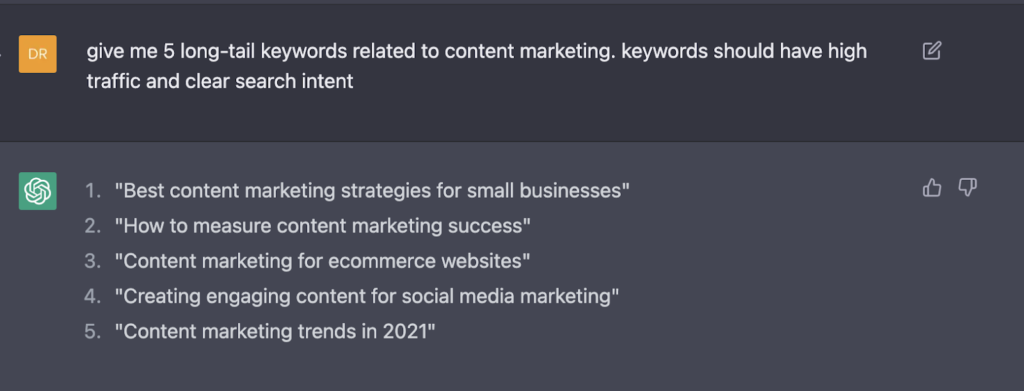
- Contextual Relevance: Google’s search algorithms are increasingly sophisticated, thanks to AI. They now evaluate context and intent, meaning content should be specific, relevant and valuable. Google’s algorithms reward content that is useful to users rather than content that is simply stuffed with keywords.
Pro Tip: Combine AI-generated content with human editing to ensure authenticity and alignment with brand voice. This blend maintains a balance between efficiency and creativity, which AI alone may struggle to achieve.
Optimising Content with AI Tools
- Use AI to Identify Search Intent: Tools like SEMrush and Ubersuggest offer insights into user search intent based on data patterns. Knowing whether users are looking for informational, navigational, transactional or commercial content helps tailor your approach to meet user expectations.
- Enhance User Experience (UX) with AI: AI tools can analyse on-page behaviour, helping you understand how visitors interact with your website. With this information, you can make adjustments to your page layout, improve content readability and enhance the overall user experience, leading to higher engagement and ranking boosts.
Example:
A digital marketing agency could use AI tools to analyse customer search terms and find that many visitors search for “What is SEO?” Using AI insights, they create a comprehensive blog and video series for beginners who want to learn about SEO, targeting both Google search and YouTube results, leading to increased visibility.
2. Search Intent and User-Centric Content
Search intent is another factor that increases your rankings on search engines if you understand what your audience is looking for. Basically the “why” behind the searches needs to be identified and an SEO expert can easily judge it with research and a proper understanding of what makes your business stand out. Google’s evolving algorithms emphasise understanding search intent to ensure that users find what they are looking for, not just keyword-stuffed content.
Understanding E.A.T. in Content
- Experience: Google now values content created by individuals with first-hand experience. A well-structured review or in-depth guide from someone with direct knowledge tends to rank easier and higher.
- Authoritativeness and Trustworthiness: Establishing authority and trust within your niche means creating expert-level content and backing it with reputable links, sources or approval.
Content Mapping for Different Intent Stages
- Top-of-Funnel Content: Focus on creating blog posts, guides and videos that introduce users to broad topics with interesting content rather than monotonous content that increases the bounce rate.
- Middle-of-Funnel Content: Users here are evaluating options, so comparisons, case studies and testimonials work as a game-changer.
- Bottom-of-Funnel Content: Transactional pages or “buy now” pages should have clear CTAs, reviews and user testimonials to convert visitors into forever clients.
Actionable Tips:
- Use Google’s “People Also Ask” and Answer the Public to understand common questions users have.
- Structure your content to answer these questions in a conversational, easy-to-read format.
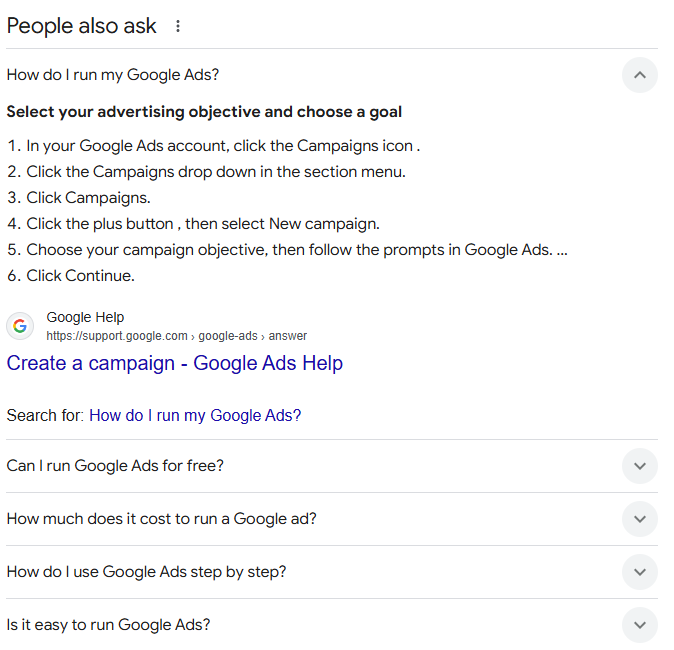
3. Entity-based SEO for Better Relevance
With a growing shift toward entity-based SEO trends for 2025, Google now focuses on understanding the “entities” behind content. This means Google tries to identify brands, people, products and other entities as concepts, not just words.
Building Brand as an Entity
- Consistent Branding: Your brand should be consistent across channels and content types, from your website to social media profiles. Consistency builds recognition as an entity in Google’s Knowledge Graph. Also, it gains clicks and engagement of users to your website.
- Schema Markup: Schema helps search engines understand the context behind your content. Using relevant schema types, like Organization schema, Breadcrumb schema or Local Business schema, can improve the visibility of your brand as an entity. It helps Google to understand the structure of your content so it can match with its own.
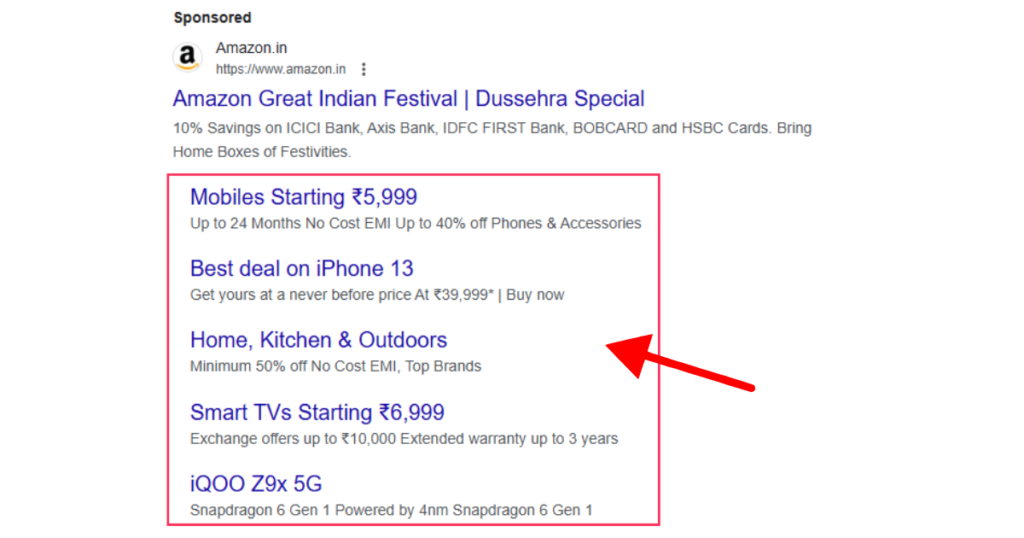
Internal Linking
Use Topic clusters, which are content hubs that interlink pages related to a central topic. Internal linking helps establish a website hierarchy and allows Google to understand related content better and optimise it accordingly.

- Pillar Pages: Create central pages for high-level topics and link subtopics to these pages. This interlinking structure helps establish the central authority of the main topic.
Example:
- If you run a marketing blog, creating a pillar page on “Content Marketing” with links to subpages like “Content Strategy,” “SEO trends for 2025”, “ best SEO services” and “SEO for local businesses” can position your website as a go-to authority on the topic.
4. Zero-Click Searches and Featured Snippets
Google is increasingly focusing on zero-click searches, where users get answers directly from the search results without clicking through to a website. These results appear as featured snippets, answer boxes, or on “People Also Ask” panels.
Optimise for Featured Snippets
- Answer Questions Clearly: Use question-based headers like “SEO tips for beginners” and follow with concise answers in the first few sentences of your paragraph. People may also read the whole if you create such appealing and interesting content.
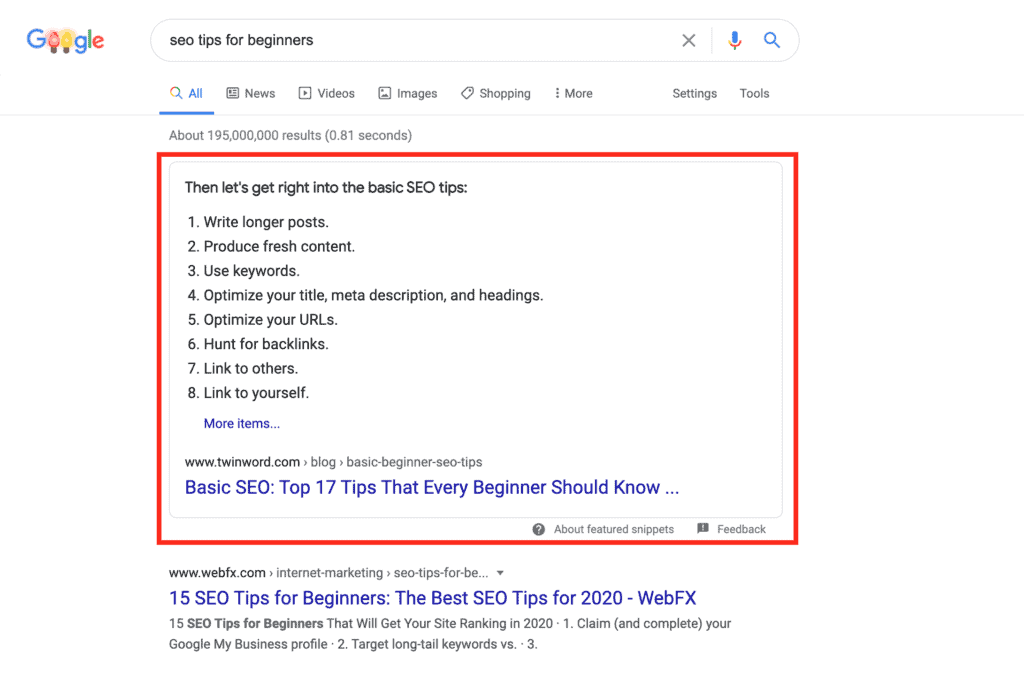
- Leverage Lists and Tables: Structuring data in lists or tables improves readability and the chances of being picked for a featured snippet. If you want to target to get into the featured snippet you need to follow everything in your content.
People Also Ask (PAA) and FAQ (Frequently Asked Questions) Schema
Adding FAQ sections to your website can capture traffic from PAA (People Also Ask) boxes. By using FAQ schema, you increase the likelihood of appearing in Google’s answer boxes. That sounds like a bonus, right? It is! When you see yourself succeeding, it’s already a bonus.
5. Core Web Vitals and User Experience
Google’s Core Web Vitals, a set of metrics related to page speed, interactivity and stability, play a significant role in rankings. Google rewards pages that offer a positive user experience, with a focus on loading speed and interaction.
Improving Page Speed and Stability
- Optimise Images: Large images slow down page speed. Use jpg or png formats and compress images to improve load times. This helps in improving the User Experience (UX) of your website.
- Largest Contentful Paint (LCP): Measures loading performance. Pages should aim to load their main content within 2.5 seconds.
- First Input Delay (FID): Assesses interactivity. Pages should respond to user input within 100 milliseconds.
- Cumulative Layout Shift (CLS): Evaluates visual stability. Unexpected layout shifts should be minimised to ensure a stable experience.
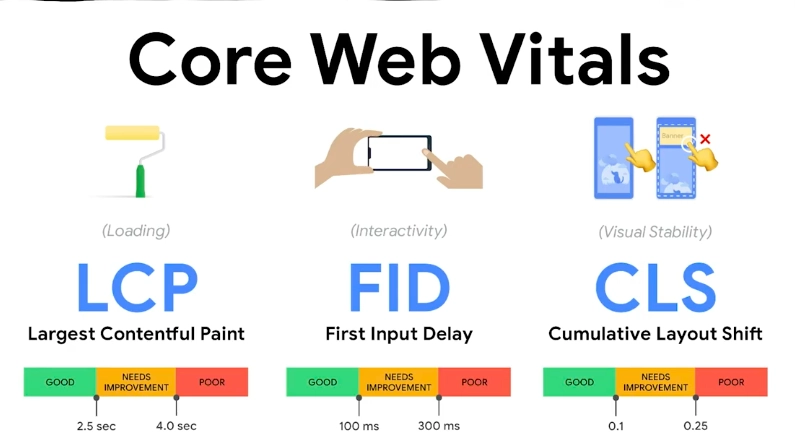
Focus on Mobile Usability
As mobile devices continue to dominate search traffic, optimizing your website for mobile users is crucial to maintaining strong SEO and user engagement. A well-optimized mobile experience ensures your content is accessible, easy to navigate, and enjoyable across all device types. Here’s how to enhance mobile usability:
Key Elements of Mobile Optimization:
- Responsive Design: Automatically adjusts layout and elements to fit various screen sizes for a seamless viewing experience.
- Readable Font Sizes: Ensures font sizes are large enough to be read without zooming, making content easily accessible.
- Touch-Friendly Navigation: Provides appropriately sized buttons and links for easy tapping on smaller screens.
- Efficient Content Layout: Minimises scrolling to quickly present key information and avoids disruptive elements like pop-ups.
- Page Speed Optimization: Mobile users may face slower internet connections, so a fast-loading website is crucial to reduce bounce rates.
Tools for Mobile Optimization:
- Google’s PageSpeed Insights: Offers data-driven insights into site performance and load times, helping to optimise speed for mobile users.
- Core Web Vitals Reports in Google Search Console: Diagnoses issues with load time, interactivity, and layout shifts specifically for mobile, ensuring an enhanced user experience.
6. Visual and Video SEO
Visual search is gaining traction, with platforms like Google Lens enabling users to find information through images. Video also continues to dominate content consumption, making visual optimization critical.
Image and Video Optimization
- Use Descriptive Alt Text: Google uses alt text to understand image content, so be descriptive. Avoid generic terms and opt for specific descriptions or descriptions based on your content.
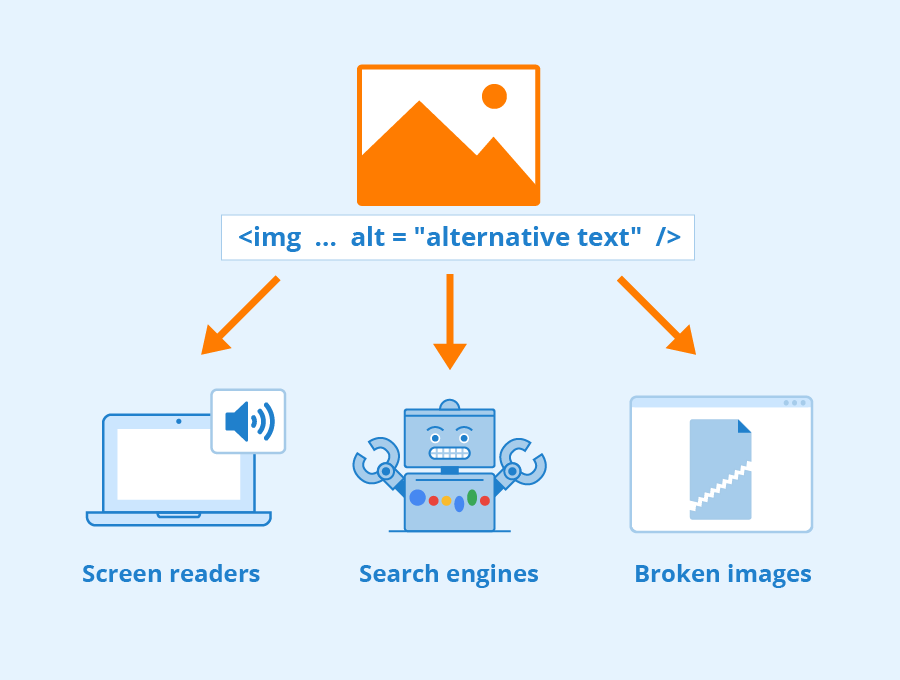
- YouTube and Short-Form Videos: YouTube is the second-largest search engine. Embedding YouTube content on your website not only boosts SEO but also reduces bounce rates and increases user engagement.
- Embed Videos on High-Intent Pages: Integrating videos on product or service pages increases dwell time, boosts user engagement and strengthens the page’s SEO authority.
Example:
- A fashion retailer might include 360-degree product images and a YouTube playlist of styling tips for each item. Not only does this enhance the user experience, but it also improves rankings for visual searches.
7. AR, VR and Immersive Content
Augmented Reality (AR) and Virtual Reality (VR) are increasingly popular, allowing businesses to offer immersive experiences directly on their websites.
Creating Immersive Experiences
- 360-Degree Videos and VR Tours: Real estate agencies can offer virtual property tours, allowing users to view properties remotely.
- Virtual Try-Ons: Retailers, particularly App Developers, can use AR try-ons to give customers an enhanced look in their selfies.
8. Sustainability and Ethical SEO Trends for 2025
With the rise of conscious consumerism, integrating sustainable and ethical practices into your best SEO strategy can positively impact user perception and engagement. Users today care about a brand’s environmental impact and its efforts toward ethical operations and Google increasingly emphasises transparency and trustworthiness as ranking factors.
Green Hosting and Sustainable Web Practices
- Eco-Friendly Hosting: Choose web hosts that run on renewable energy. This small step not only aligns your brand with sustainable practices but can also attract like-minded, environmentally-conscious users towards your business.
- Sustainable Content Creation: By optimising existing content and focusing on high-quality, evergreen material, you minimise resource use on constant content production. Updating content over time helps maintain relevance without excessive waste of resources.
Transparency and Authenticity
- Showcase Ethical Practices: Transparency about sourcing, partnerships and employee policies can set your brand apart. Use dedicated content sections, blog posts and FAQs to showcase these efforts, building user trust and brand loyalty.
- Build Community and Trust: Engage in open conversations with your audience. Respond to comments, address customer questions and take accountability where necessary. This authentic interaction can increase brand loyalty and authority.
9. Increase Traffic to Forums and Community Engagement
Building and participating in online communities or forums related to your niche can significantly boost your SEO trends for 2025 efforts. Engaging in discussions, sharing knowledge and offering valuable insights can drive traffic to your website.
Strategies for Leveraging Forums:
- Active Participation: Join forums such as Reddit, Quora or niche-specific forums related to your industry. Actively participate in discussions, answer questions and provide valuable insights to establish yourself as an authority in your field.
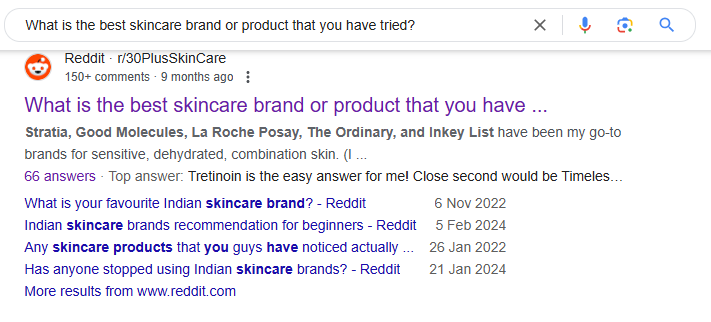
- Linking Back: While you should avoid self-promotion, naturally linking back to relevant content on your website can drive traffic and improve visibility.
- Creating Your Own Forum: Consider creating a dedicated forum or community space on your website. This not only encourages engagement but also provides unique content that can attract organic traffic.
10. Doubling Down on Traditional SEO Strategies
While emerging trends are vital, traditional SEO strategies remain crucial for a comprehensive approach. These foundational tactics help ensure your site is optimised for search engines while enhancing user experience.
Key Traditional Strategies:
- Keyword Research: Continue to perform thorough keyword research to understand what terms your target audience is searching for. Long-tail keywords are particularly important for niche targeting. Whereas, short tail keywords are mostly generic ones.
- On-Page SEO: Focus on meta tags, headers, internal linking and structured data. These elements help search engines crawl and index your content effectively.
- Link Building: Building high-quality backlinks from authoritative sites remains a cornerstone of SEO. Guest blogging, partnerships and outreach can help enhance your link profile.
11. Omni SEO: A Holistic Approach
Omni SEO emphasises a holistic approach to SEO trends for 2025 that integrates various channels and strategies to create a seamless user experience. This approach recognizes that users engage with brands across multiple platforms and devices.
Key Components of Omni SEO:
- Cross-Channel Marketing: Ensure consistency across your website, social media, email marketing and other channels. A cohesive brand message enhances recognition and trust.
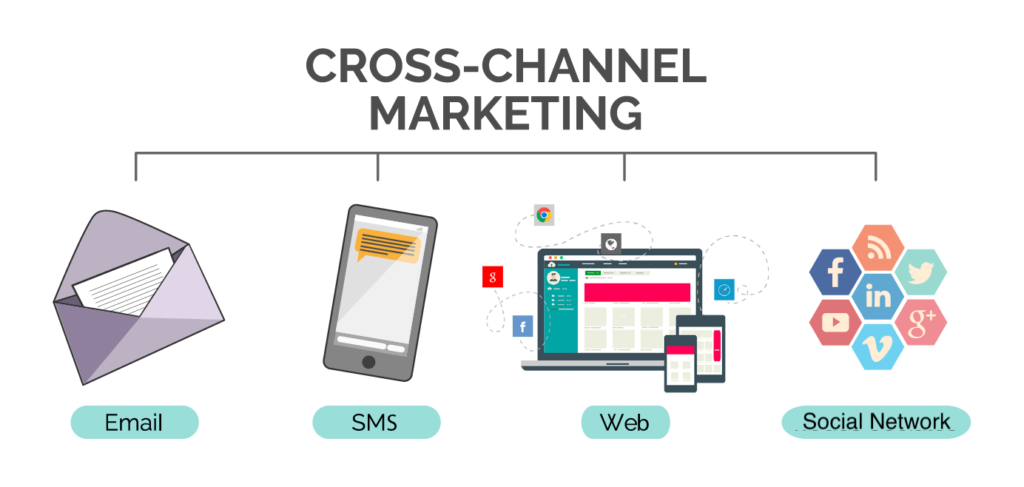
- Integrated Analytics: Use integrated analytics tools, such as Google Analytics, to track user behaviour across different platforms. This data can help you understand how users interact with your brand, allowing for better strategy development.
Example:
- A retail brand might use social media ads to drive traffic to a blog post, which includes links to product pages. This interconnected approach maximises visibility and enhances the likelihood of conversion.
Why Are Best SEO Services A Smart Choice?
SEO trends for 2025 are one that prioritises user experience, technology and authenticity. By adopting these trends from AI-driven content creation and immersive AR experiences and sustainability you can position your brand for success in the competitive search environment. However, it’s important to stay agile, as SEO is always evolving. Regularly reviewing these trends and adapting your strategies will ensure your content remains relevant and your website continues to rank well.
Partner with Magic Clickz, the best digital marketing agency in Indore and let us help your business achieve higher traffic from your website. With our top-notch SEO services, we’ve successfully worked with numerous brands with the best SEO practices. Check out our recent case studies to see the results for yourself!
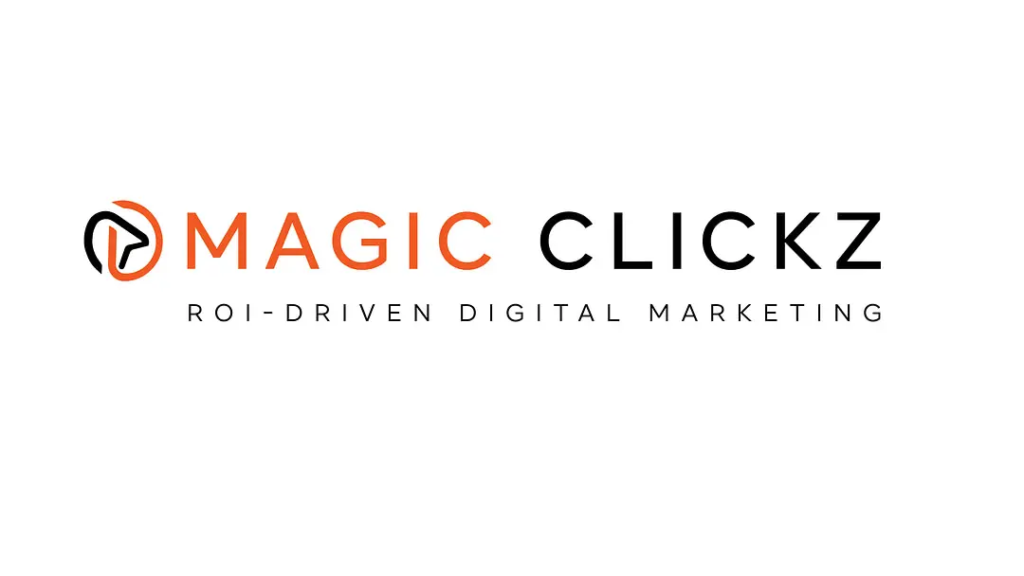
Other Services We Offer at Magic Clickz
Contact us today for the best digital marketing services and enjoy a free consultation for your SEO-friendly website. Let’s elevate your organic traffic strategy together!


